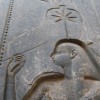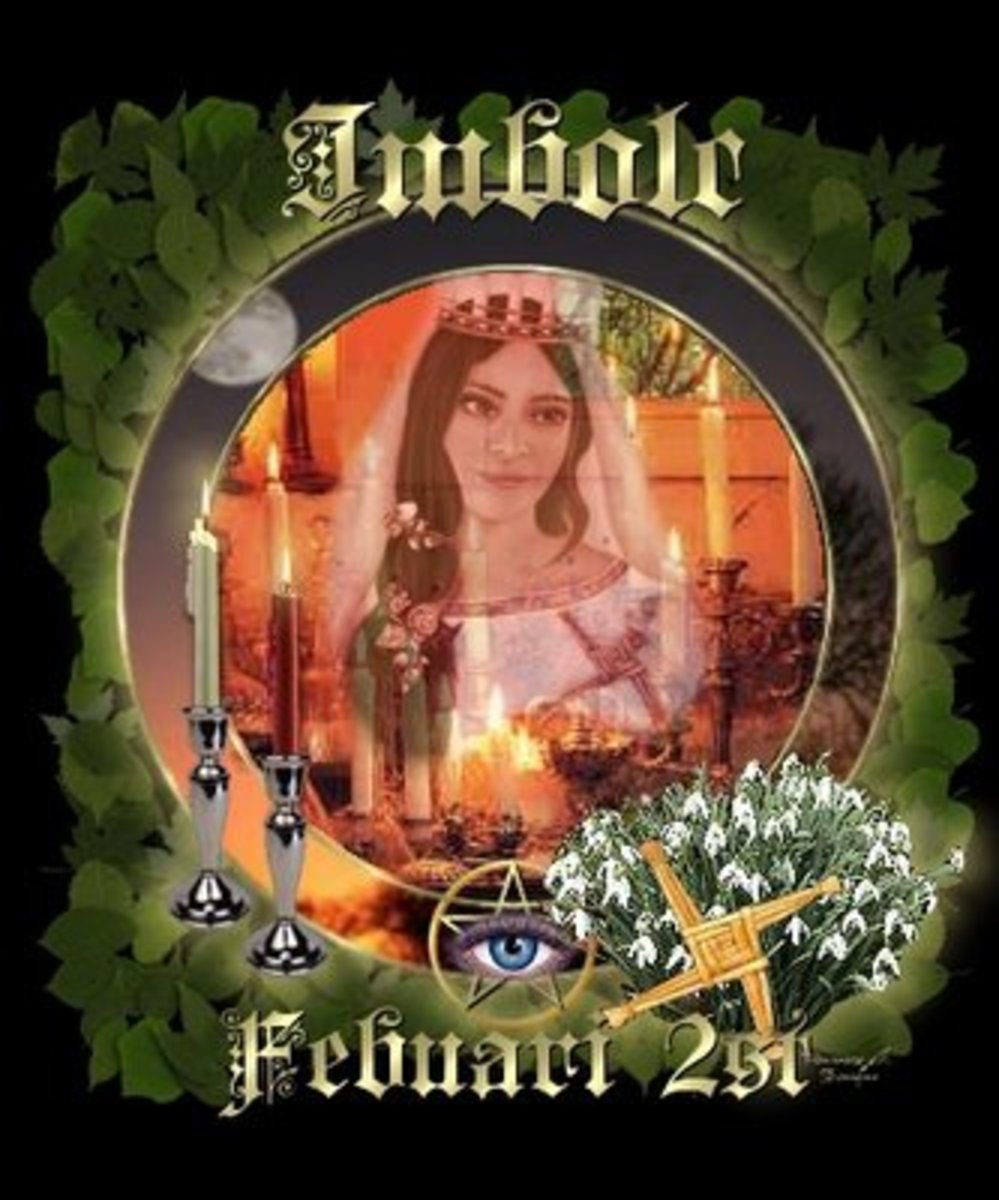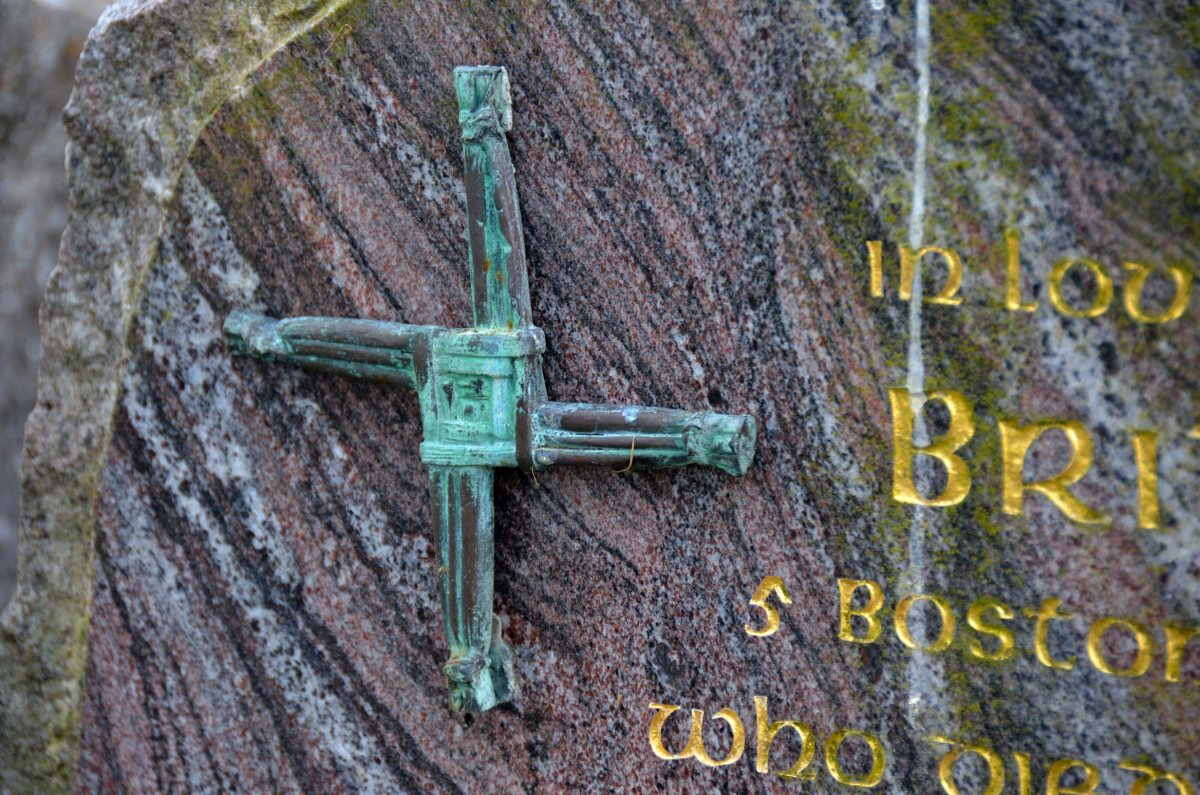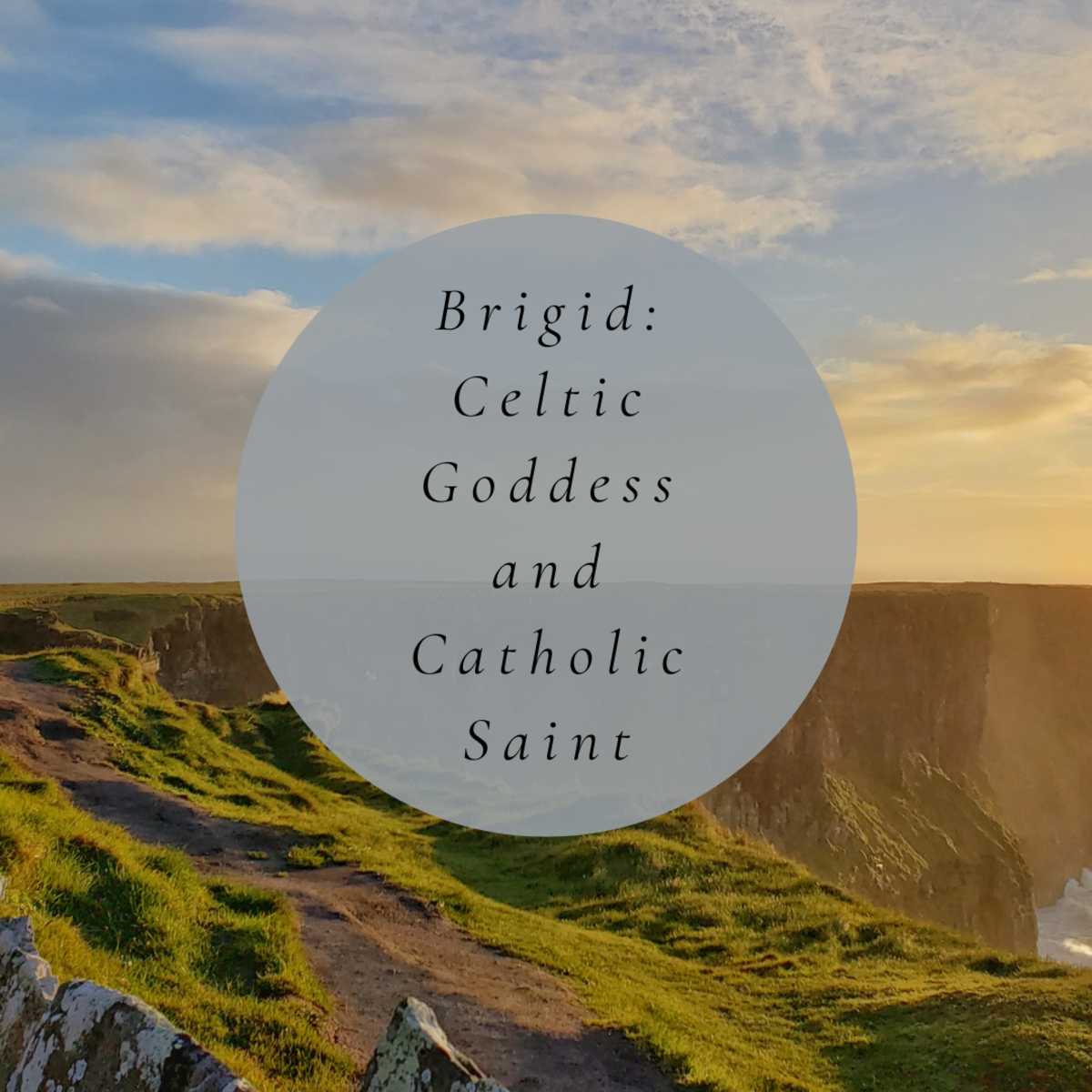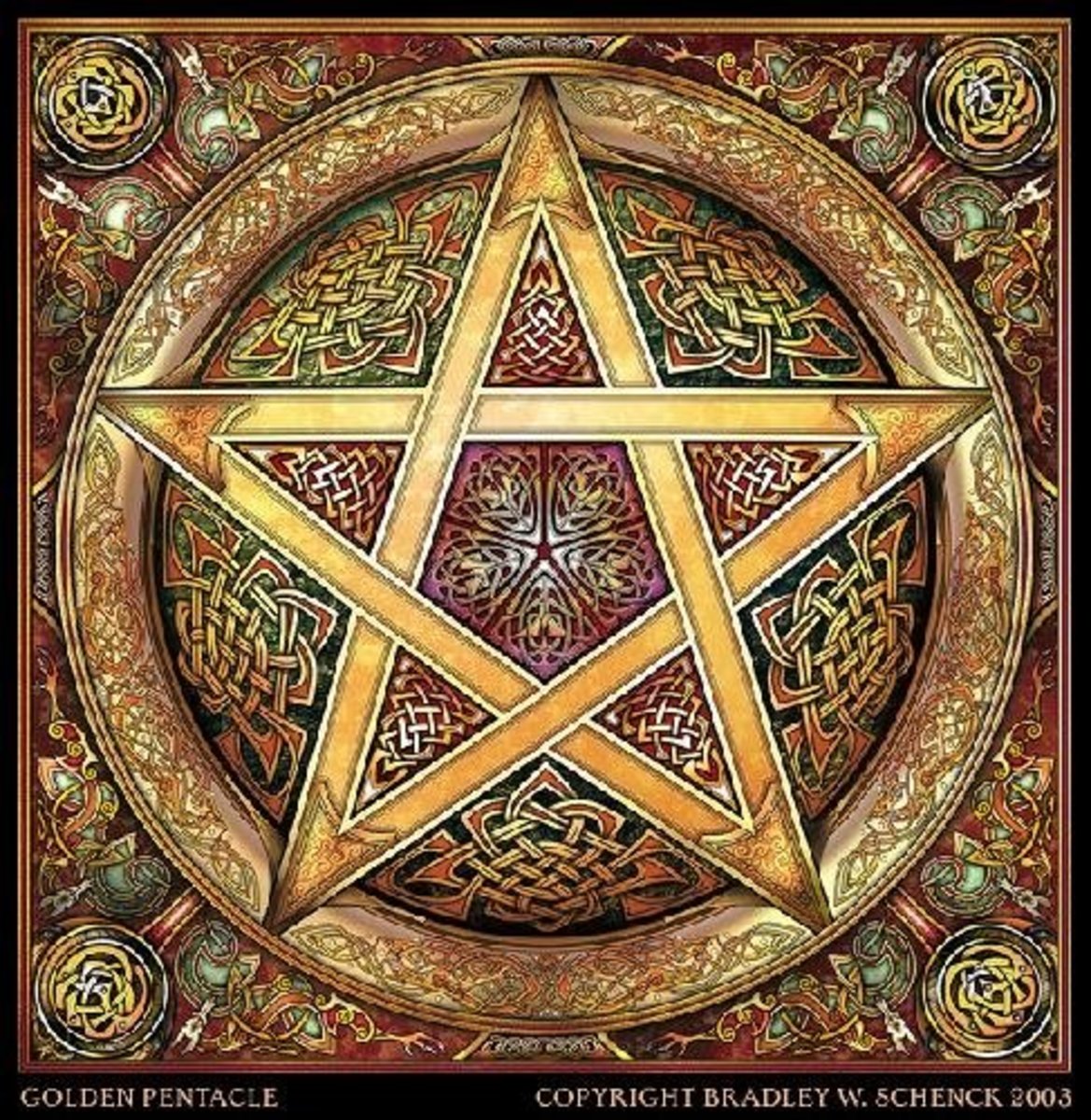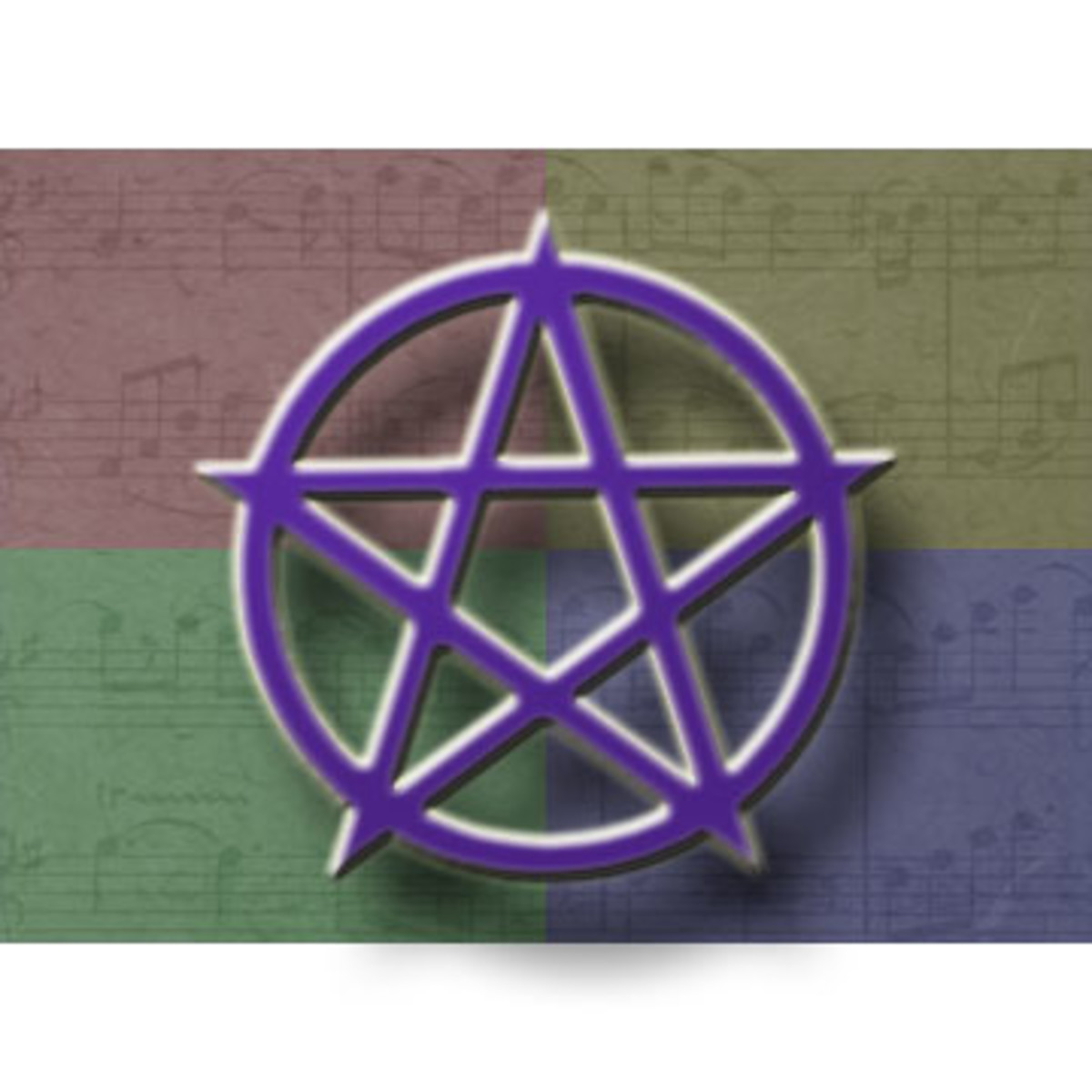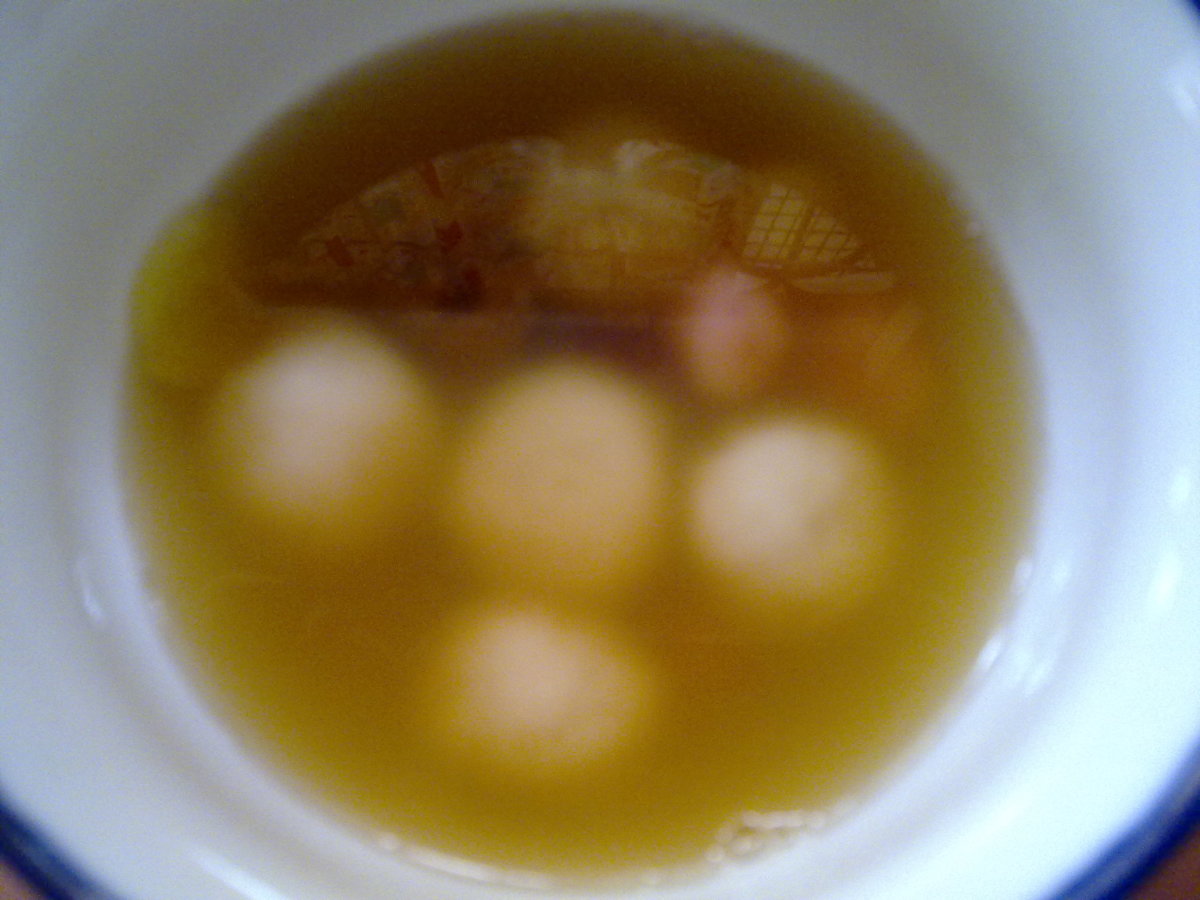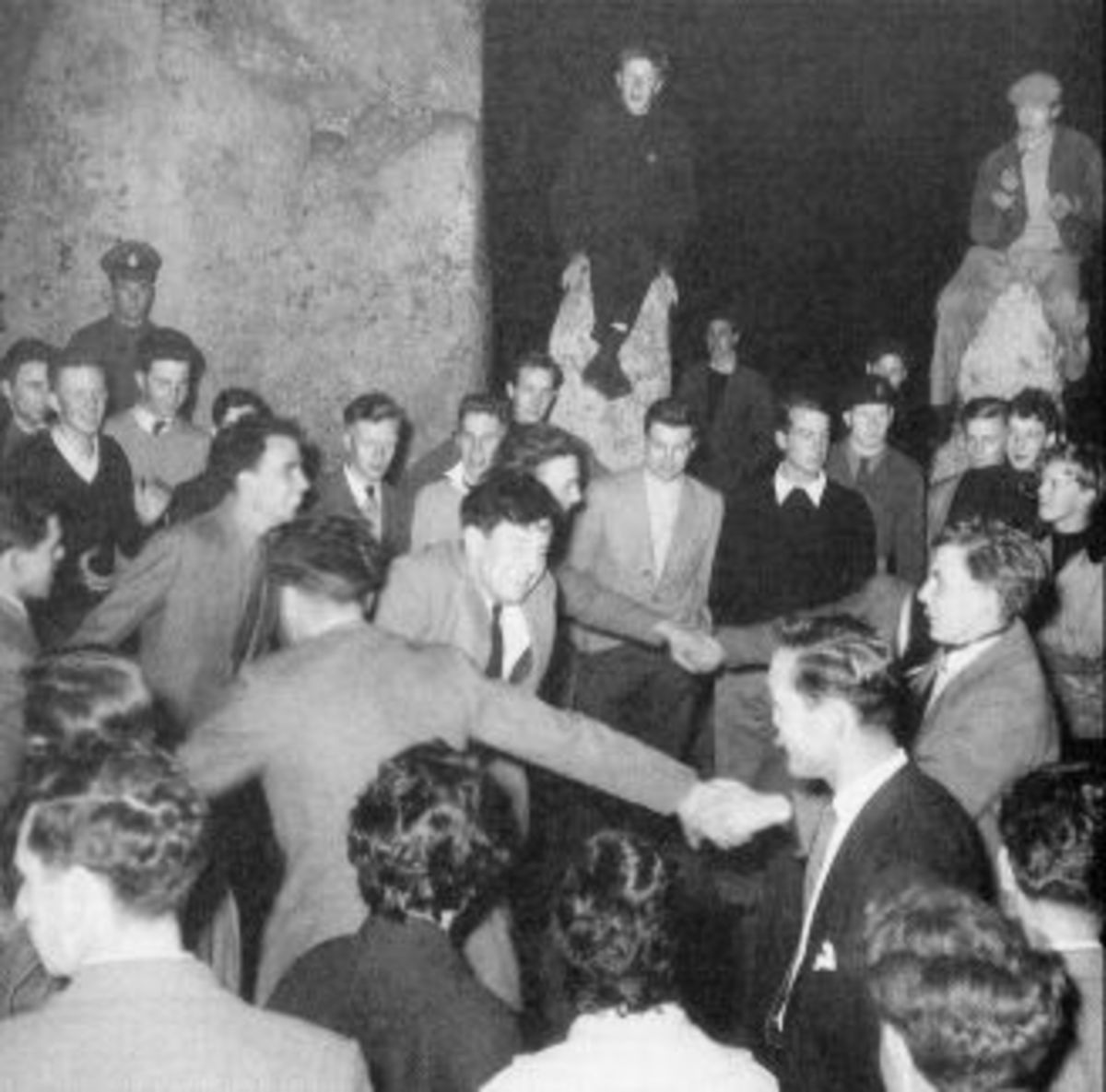Early Spring Feasts: Imbolc And Candlemas
Imbolc, Saint Brigid and Candlemas
Imbolc is one of eight festivals of the pagan year. When the days start getting darker during autumn/fall onwards, I always look forward to the Yule festival during the winter solstice on December 21/22, for I know that it is only a matter of 5 weeks before Imbolc when the sun and light gains the upper hand again. Imbolc, St Brigid and Candlemas arrive in early February as we ascend out of the deep pit of winter's darkest days. The future begins to look bright and we hope nothing will overshadow our optimism as we survey our respective horizons from our Groundhog Day burrows.
Imbolc, is a Gaelic word of Celtic origin. The feast of Imbolc is a pagan celebration that looks forward to spring time and is associated with fertility and weather divination.
Before the advent of Christianity, it was the celebration of the Goddess Brigid. When Christianity took over, pagan holidays were transformed into their current Catholic festival equivalents. Imbolc gave birth to two new holidays Saint Brigid's Day or Saint Bridget's Day, celebrated on February 1st. This feast day honoured Saint Brigid, an Irish saint, named after the Celtic goddess, a contemporary of Saint Patrick's.
Candlemas Day
On the heals of Imbolc; on the very next day in fact, is the Christian festival of Candlemas. This feast was inaugurated with the intension to eradicate pagan rite. Some people think that the Church fathers chose February 2 (Groundhog Day) as the feast for Mary's ‘Mikveh’ purification for having born Christ. Mikveh purification is still required of observant Jewish women following either menstruation or childbirth.
Despite its association with ‘The Virgin’s’ Mikveh, the Christian feast of Candlemas harkens more to a Celtic rite rather than the Jewish purification requirement, I posit this because the rite is still marked with a candle procession.
Let me explain, St Bridgid who died on February the 1st in 525 AD was the founding abbess of Cilla Dara, which means ‘church of the oak’ in Kildare, Ireland. It is thought that the site was built over an older pagan shrine to the Irish ‘fire’ Goddess Brigid, that house a perpetual sacred flame that was kept watch over by a group of dedicated young women.
As the story goes, the fire of St. Brigit never goes out. Not because it can’t be extinguished, but because the holy women in pagan times, and then the nuns with the advent of Christianity tend and feed it ‘the perpetual fire’ with watchful diligence and care. The legend suggests that the fire was kept alive from the time of The Virgin and has continued to burn through time.
The pagan links to this time of year go even deeper and Candlemas was a nexus that conflated two pagan traditions, the Celtic to retain both the purification and fertility rites that were held in February all over Europe.
If you look at the word "February", for example, you’ll find that it is derives from the Latin februa meaning "expiatory offerings". To the Romans the month was devoted to the Lupercalia, which was a period also designated for purification and mating rites.
These rites for our rural ancestors were designed to ensure that Mother Nature would be kind to her children, if they kept faith with their part of the life bargain. They devised a means of ascertaining in the dog days of winter how much longer the dark and cold days and nights would last to get ready for another cycle of living on and with the land. One method of divination was to see whether small animals such as the hedgehog emerged from their hibernating holes on a certain point in time.
Such beliefs survived well into the Christian era; and when the Europeans found themselves in North America, they brought their folklore beliefs with them. They substituted the native a groundhog for the European hedgehog as the animal that would indicate the end of winter.
Imbolc thus survived Christianity and the transatlantic relocation to North America; it was however renamed and now almost everyone in North America has heard of "Groundhog Day" while "Candlemas " is important only to Catholics, and most people have forgotten or are ignorant of Imbolc or the Lupercalia, its pagan ancestor.
Although most people no longer consciously practice - or admit to practicing - fertility rituals, undertake purification rite or weather divination, never the less we still intuitively associate fertility and purification with spring.
Groundhog Day
So what is Groundhog Day about? The theory is, if Groundhogs come out of their winter lairs and see their shadows on the ground, they will return to their burrows for another six weeks, that is, they will not come until the spring equinox, when the sun arrives at the equator. Thus the humble Groundhog Day predicts whether good weather arrive imminently or whether winter will continue for a further six weeks. So what happens when Groundhog Day is cloudy, then the Groundhog will remain out, because there will be no shadow to be seen; cloud cover on Groundhog Day is considered an indication of prematurely good weather.
